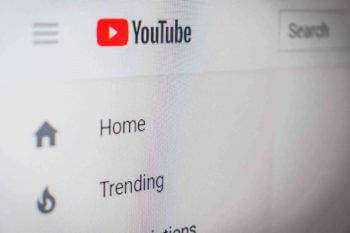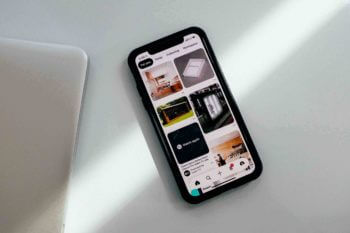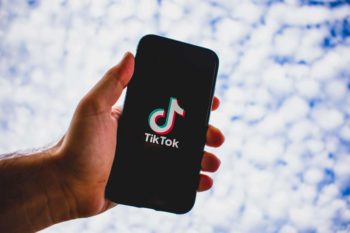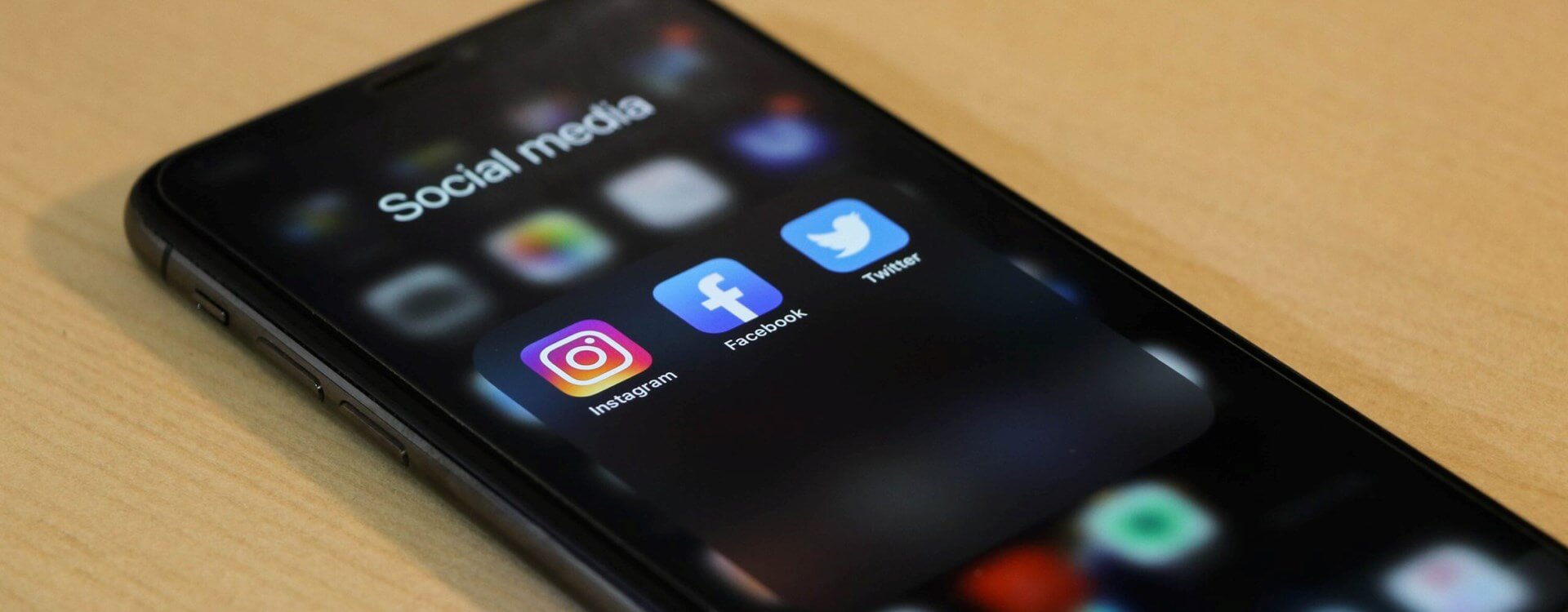Highlights
Table of Contents
Explore article topics
Video is the most engaging form of content. Every major social media platform has enhanced its design to support video content. Developers are finding creative ways to share and experience video with features like ads, stories and lives.
When creating branded content, it’s tempting to produce a single video and share the link across other channels. However, successful video content should be native and tailored to each social media platform and audience.
Native vs. Non-Native Videos
A native video is uploaded directly to any given social media platform and plays in-feed, which means it auto-plays during scrolling. Non-native videos appear in-feed, but only as a thumbnail. Users that click on them get directed to the source of the video. For instance, if you publish a video on YouTube and share the link on Facebook, those who click on the video will end up on your Youtube channel. It’s not a bad thing if you’re hoping for YouTube engagement, but you’ve missed out on Facebook engagement. Besides, people don’t want to be distracted away from the platform they’re using, so they often won’t click at all. A native video that auto-plays requires no effort or distraction—you’re capturing your audience’s attention immediately. Be sure to use captions for viewers that scroll without sound.
Another reason for preferring native over non-native videos lies in the algorithms of the platforms. Native videos get far more exposure than non-native ones. Try posting a YouTube video on Facebook and then upload the same video directly to Facebook and see which gets you more views.
Aspect Ratio
One of the most important things to consider when creating video content is aspect ratio—the relationship between your video’s width and height. It will determine how your videos display—either landscape (horizontal), portrait (vertical) or square. Each social media platform has one or more optimal aspect ratios for video content, and choosing the best one will create more visual appeal. For an in-depth explanation and history of aspect ratios, read the Artlist.io blog post, What is an Aspect Ratio?
Here is a list of the major social media platforms and the best aspect ratios to work with for each one:
YouTube

Full landscape video with an aspect ratio of 16:9 is your goal on YouTube. You can use other formats; however, your video will not take up the full space provided. If you are posting a video formatted to another aspect ratio, YouTube will automatically add padding to make the video display correctly without stretching or cropping. For more details about getting the most out of your YouTube videos, check out our post about uploading the best quality videos to YouTube.

The most flexible video formatting is found with Facebook Ads and the Facebook Newsfeed, which support the following displays: 16:9, 1:1, 4:5, 2:3, and 9:16. If you plan to post your content to Facebook Stories, stick with 9:16—the full portrait aspect ratio—so your video takes up the entire screen. If you want to get the best quality out of your video, here are more details about how to post videos on Facebook.

Instagram is known for photo galleries of 1:1 perfect squares. You can use either 1:1 or 4:5 for videos that appear in the feed. Videos that appear in Instagram Stories make the biggest impression with a 4:5 portrait ratio. When your video takes up the entire screen, the viewer has an immersive experience. Here are all the specs you need when posting a video on Instagram to get the best quality.

Since Twitter is all about discussion, videos do not need to be immersive. Videos should autoplay while a user is scrolling, so they can read the corresponding text stacked above and watch the video simultaneously. The best way to achieve this is by using 16:9 wide landscape orientation, but 1:1 works just as well (just avoid portrait ratios).

Pinterest’s layout consists of two columns of staggered tiles meant to look like an organized bulletin board. This layout is best suited for portrait ratios—ideally, 2:3, but 9:16, 1:2 and 1:1 are also acceptable.
TikTok

Designed specifically for mobile users holding their phones in portrait mode, TikTok videos take up the entire screen, making the best aspect ratio 9:16. Any other ratio will result in padding, which is a distraction.
Remember, videos that take up the full space permitted by the platform are the most visually appealing. So, you may want to consider creating separate videos for each platform to maximize the space. Otherwise, you will end up with padding on the top and bottom or on the sides of your video, which will make it appear smaller.
Get all you need to create the perfect video
Audience
Of course, there are other reasons why you might want to tailor your content. Audience culture differs on each social media platform according to the reasons they visit, their expectations, who they are, and how they engage. Knowing this, you can create videos with content that’s optimized to target a specific audience.
YouTube
People visit YouTube specifically for video-watching, either to be entertained or educated. Take advantage of this by making longer, in-depth videos that offer storytelling, tutorials, or takeaways. You may be tempted to upload that same YouTube video to each of your social media platforms, but keep in mind that the video could be too long for the collective attention span of most other audiences, and the content may not be appropriate to create engagement within the culture of the platform.
It’s all about “in real life” relationships: family, friends, acquaintances, and co-workers. Build upon the trust of your “friends”—videos that are personal, helpful, and casual will be rewarded with shares and comments. You can stream on Facebook Live for up to 8 hours, and in most other areas on FB, you’ll have a limit for recorded video of up to 2 hours and 40 minutes, while Facebook Stories are limited to two minutes. When considering ads, all age groups over 18 are well represented on Facebook.
People visit Instagram to look and be influenced rather than to learn or discuss. Stick with shorter (60 seconds for feed and 15 seconds for stories) visually appealing videos rather than informative ones.
It’s important to note that out of the 4 major social platforms (YT, FB, IG and Tw), IG is the only one that doesn’t allow direct uploading from YouTube, so check out this post about how to upload a YouTube video on Instagram.
The best content on Twitter makes a point, voices an opinion or creates conversation/debate. The maximum video allowed is 2 minutes and 20 seconds. Chances are that those you interact with on Twitter are strangers rather than friends.
Like Instagram, Pinterest is about visual discovery. However, according to Pinterest Business, 85% of users visit Pinterest to start a new project. Create video pins that grab immediate attention within the first few seconds by using text overlay and captions to clarify what the video is about. You have 15 minutes to utilize, but try to keep the video length to less than one minute.
TikTok
Always create unique content that is native to TikTok—in other words, don’t upload a video you posted somewhere else. Videos usually aim to impress and focus on a skill or talent; dance, lip-sync or comedy. Length can be anywhere from 3 to 15 seconds long and looped for up to 60 seconds. To get the perfect music for your TikTok videos, check out Artlist’s curated collection of hook-filled and catchy songs.

Captions
Now that you’ve created targeted content at the appropriate aspect ratio consider open captioning. You might be familiar with the term closed captioning (CC), a feature that can be turned on or off. Open captions are embedded directly into the video and are essential for a few reasons:
Accessibility
People that are deaf or hearing-impaired in your audience will get your message.
Auto-Muted Playback
Many people have their feed set to auto-mute, so captions present an opportunity to grab the viewer’s attention without sound. This is especially useful for social media scrolling in public places where it would be rude to play a video without headphones.
Non-Native Speakers
Even with the volume up, having text makes it easier for some people to understand the audio.
In Summary
Ideally, tailor-made video content is native to the platform, formatted to the appropriate aspect ratio, customized to each audience and contains open captions. This may seem like a lot of work, but it’s worth the time to have a finished product that targets the right audience, increases brand awareness and drives engagement.
Tara is a writer from New York City who got her start at Gotham Writer’s Workshop and continued to hone her craft at NYUSPS where she has completed a certificate in Copyediting. Her undergraduate years were spent studying audio engineering and music production. She is part of the Blade Ronner Media writing team.
Share this article
Did you find this article useful?
Related Posts
- By Josh Edwards
- 14 MIN READ
- By Jessica Peterson
- 8 MIN READ
- By Robert Hardy
- 2 MIN READ
Latest Posts
- 25 Apr
- By Josh Edwards
- 4 MIN READ
